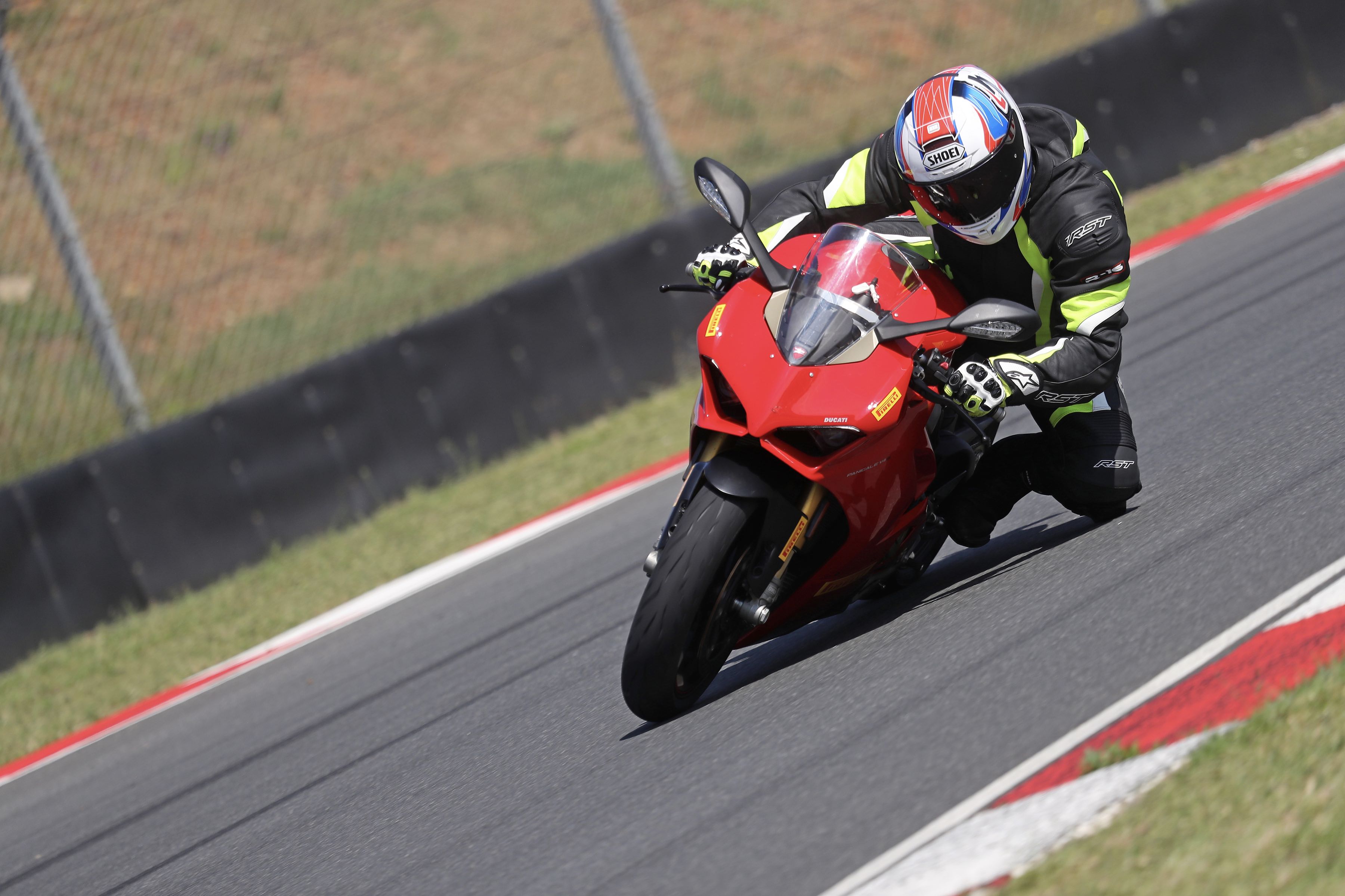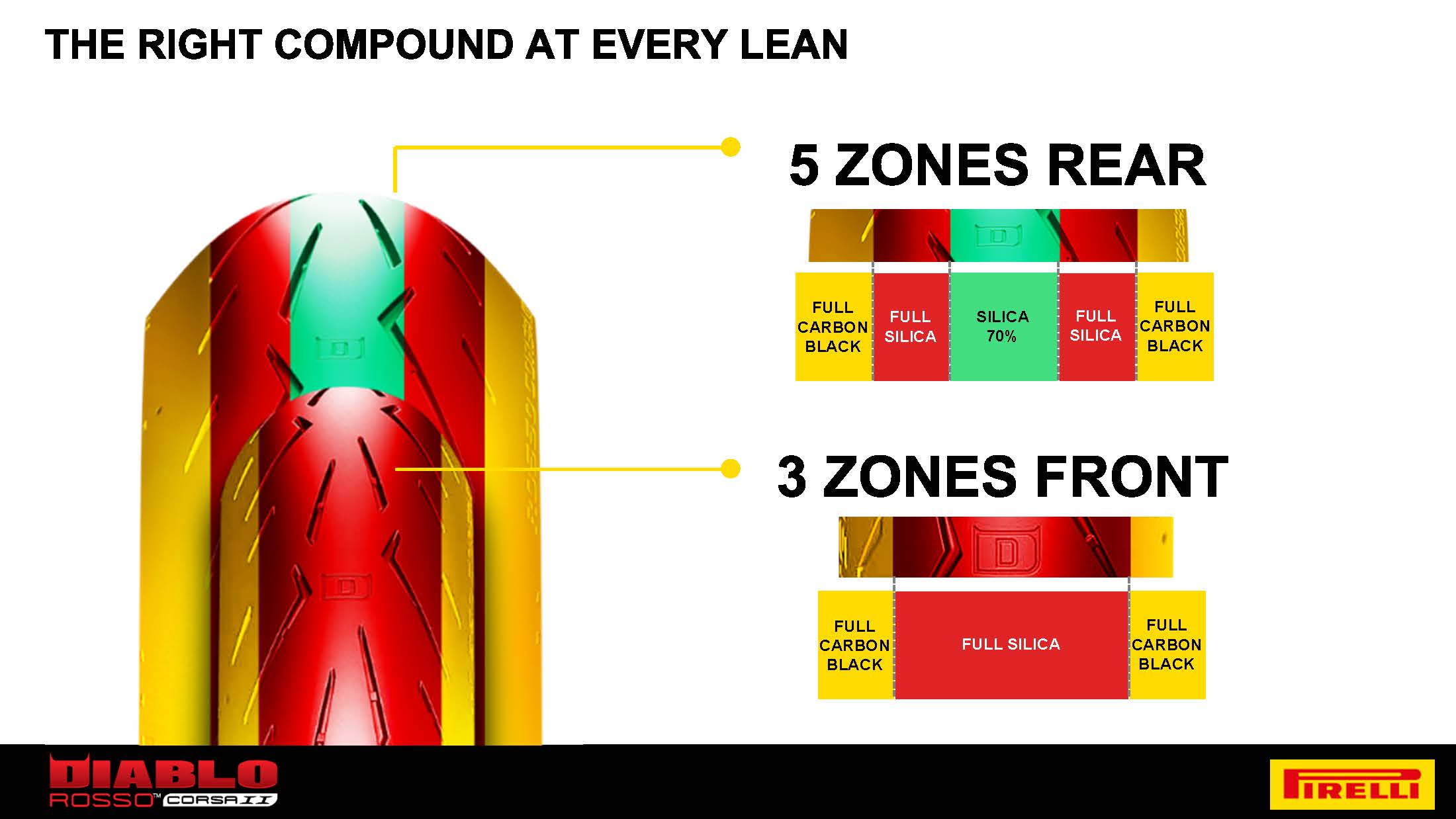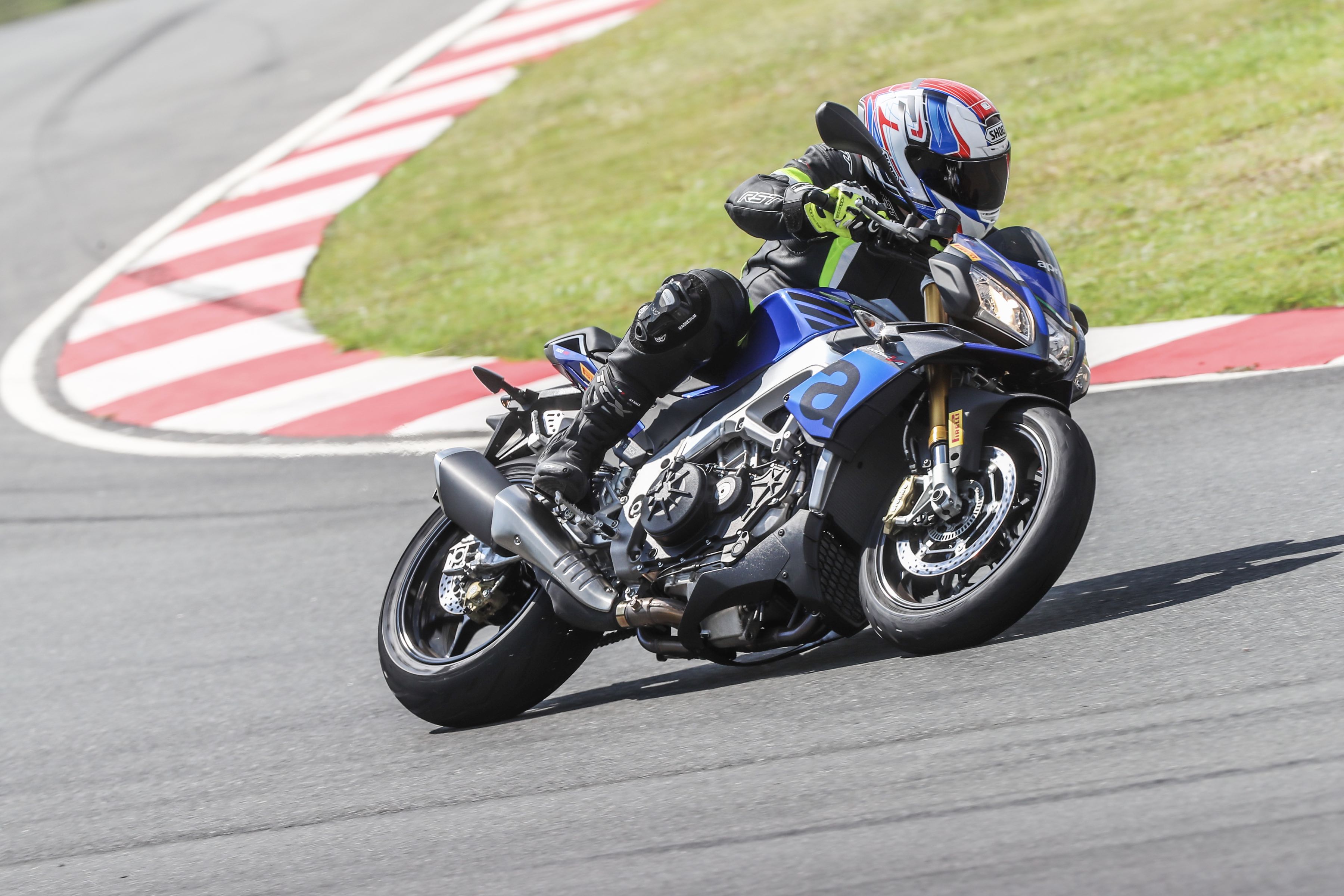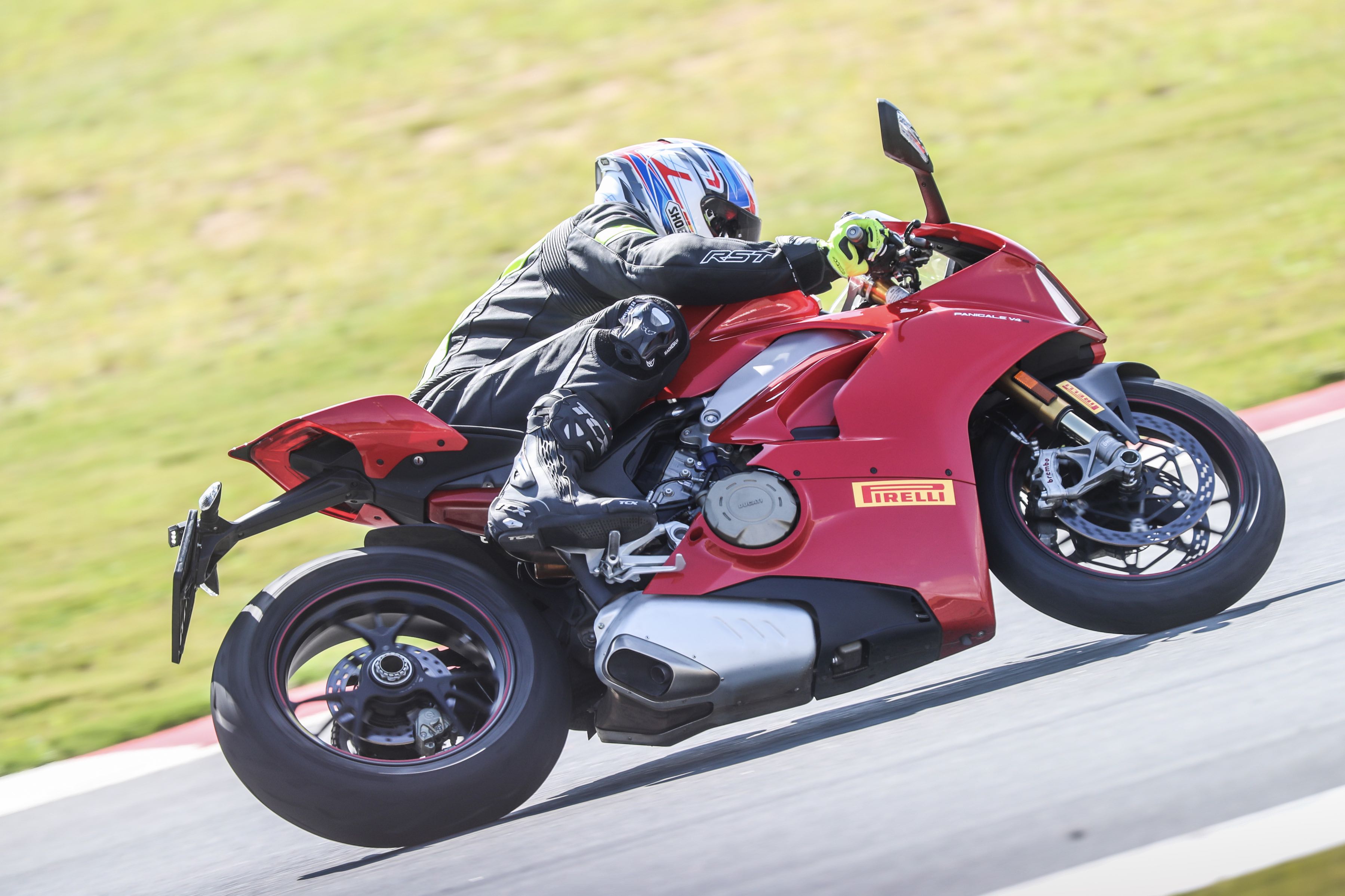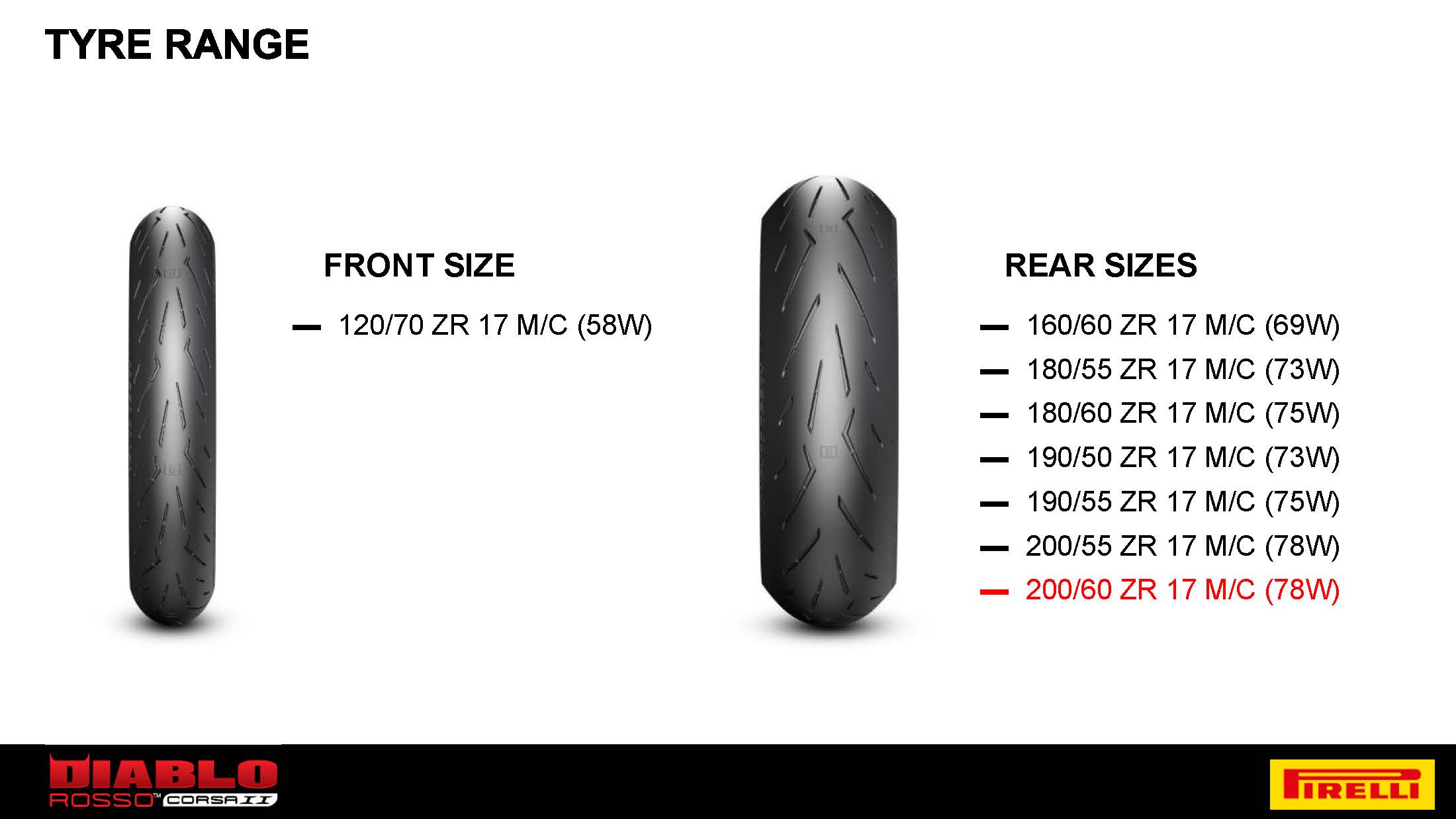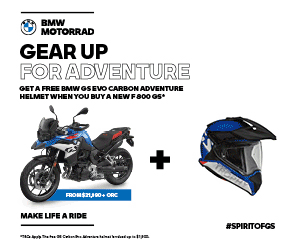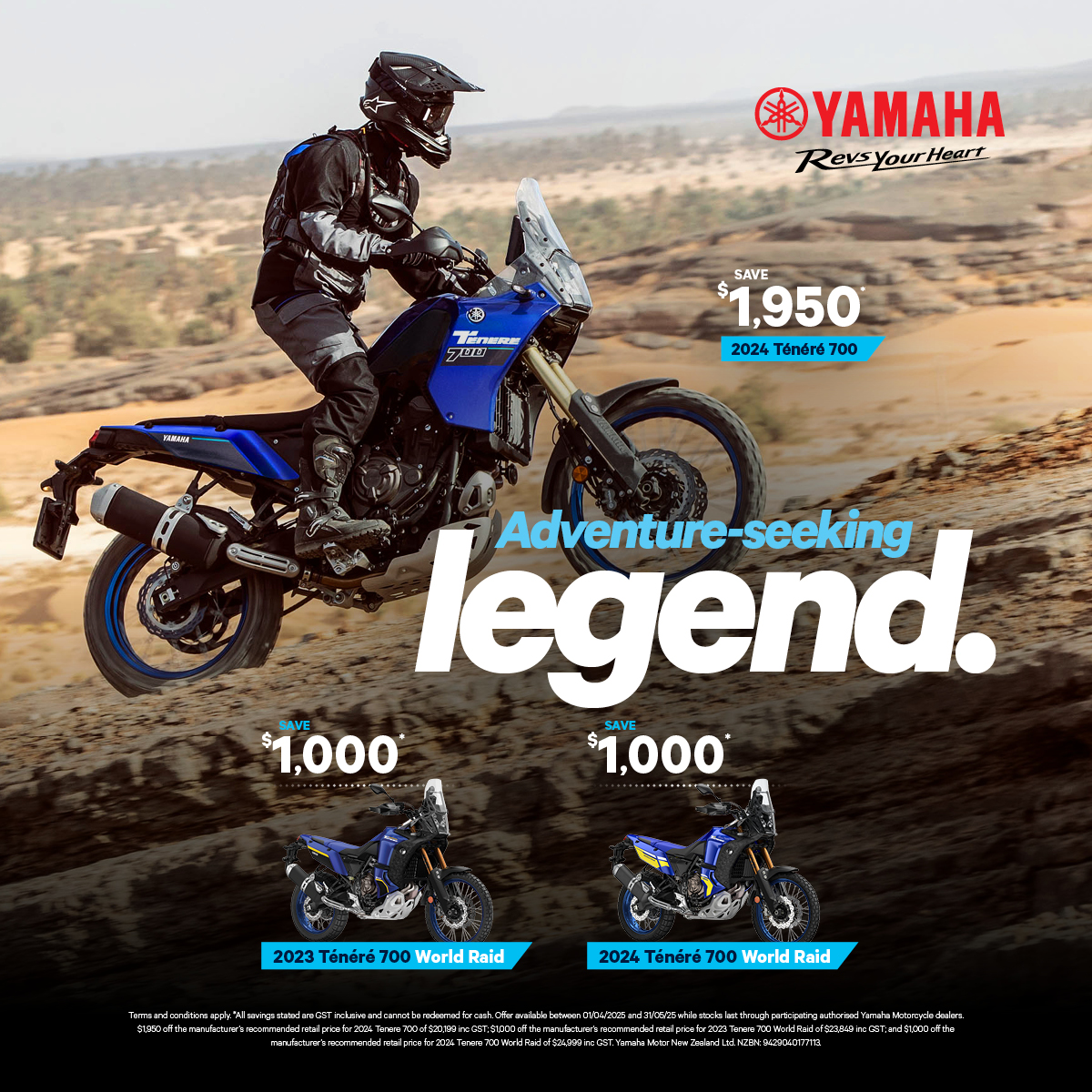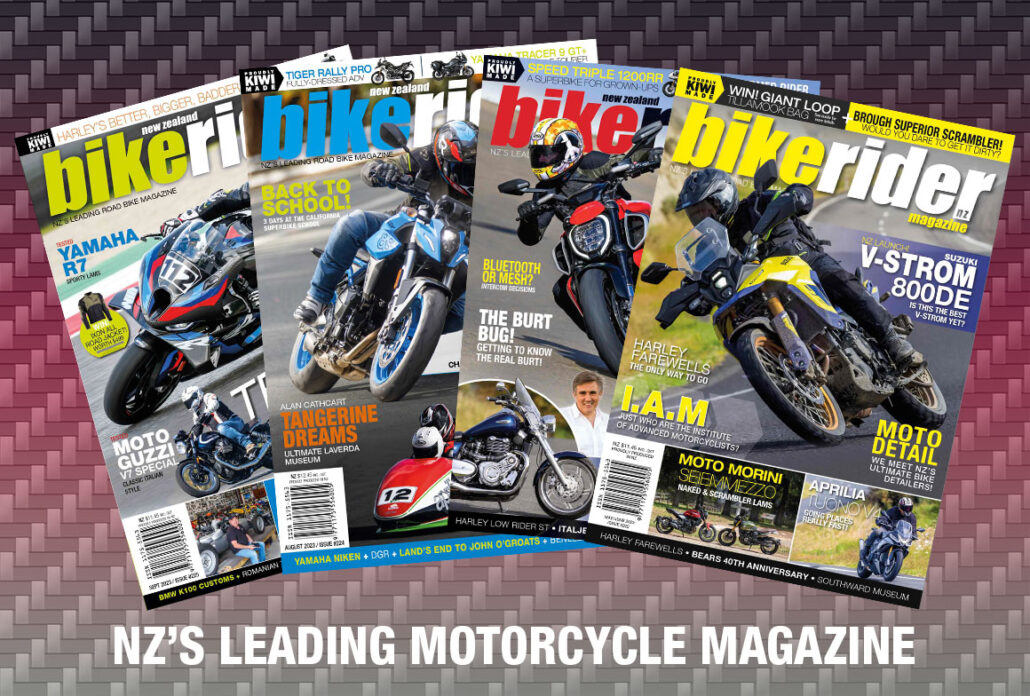Words: Paul Pics: Pirelli
Anything Italian made usually signals performance, and when it comes to tyres, Pirelli are arguably renowned for being the sportiest. But with the updated Diablo Rosso Corsa II, Pirelli have added a bit more practicality to their high performance hoops.
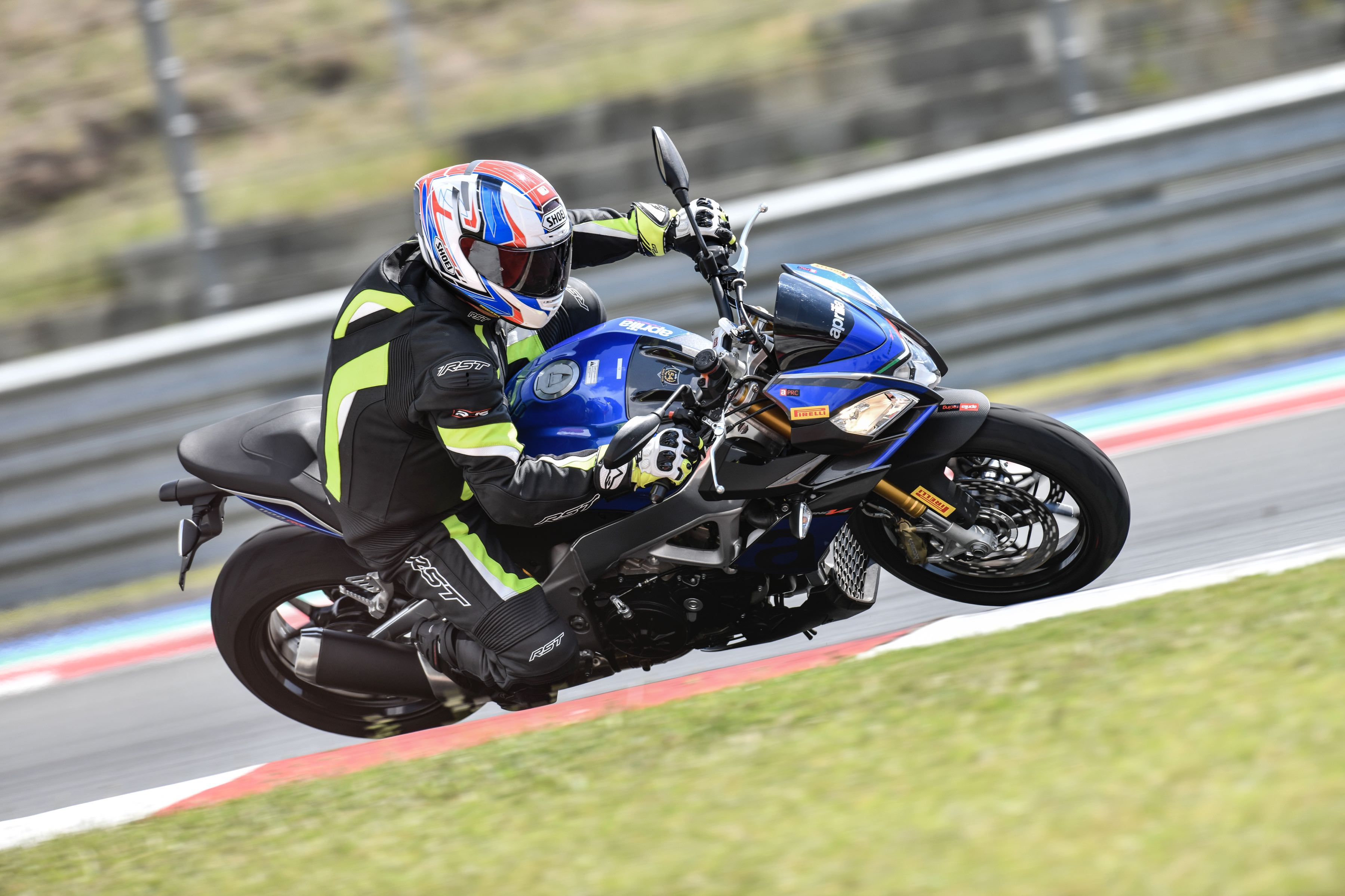 The Pirelli Diablo Rosso Corsa is Pirelli’s supersport tyre which also incorporates a degree of road manners. Aimed at the rider who likes his superbike to share road and track duties, the design of the tyre is such that you don’t need to bother swapping them out for a set of slicks to get useful grip on the circuit. But with the original Rosso Corsa released in 2010 and with the steady advancement of power, electronics and reduction in weight of the superbike category, it was time for Pirelli to give the model an update.
The Pirelli Diablo Rosso Corsa is Pirelli’s supersport tyre which also incorporates a degree of road manners. Aimed at the rider who likes his superbike to share road and track duties, the design of the tyre is such that you don’t need to bother swapping them out for a set of slicks to get useful grip on the circuit. But with the original Rosso Corsa released in 2010 and with the steady advancement of power, electronics and reduction in weight of the superbike category, it was time for Pirelli to give the model an update.
The Updates
Multi-zone and Multi-compounds
The Rosso Corsa II is Pirelli’s first multi-zone compound tyre, a requirement due to the model’s position as a tyre which will work in a multitude of conditions and making it much more practical than the outgoing model. The front tyre has three zones using two compounds while the rear has three compounds divided up over five distinct areas. That gave the engineers the ability to make the centre of the Corsa II harder for longevity while also increasing stability under hard acceleration and braking, with softer compounds towards the edges to give grip at maximum lean.
On the front Corsa II, the centre of the tyre features a full silica compound which improves grip in wet and cool conditions while also making the tyre more stable. The edges are full carbon black for maximum grip when the bike is leant over, while the updated ‘flash’ tread pattern improves water dispersion with a better overall void/fill ratio.
The rear sees the same technology and design just with an added zone. The centre of the tyre is 70% silica while an intermediate zone has the 100% silica of the front. A further zone on the edge of the rear tyre not only features a full carbon black compound for maximum grip when leant over, but is also almost slick in design. If you’re leaning this far the road must be dry, so having little in the way of tread maximises grip.
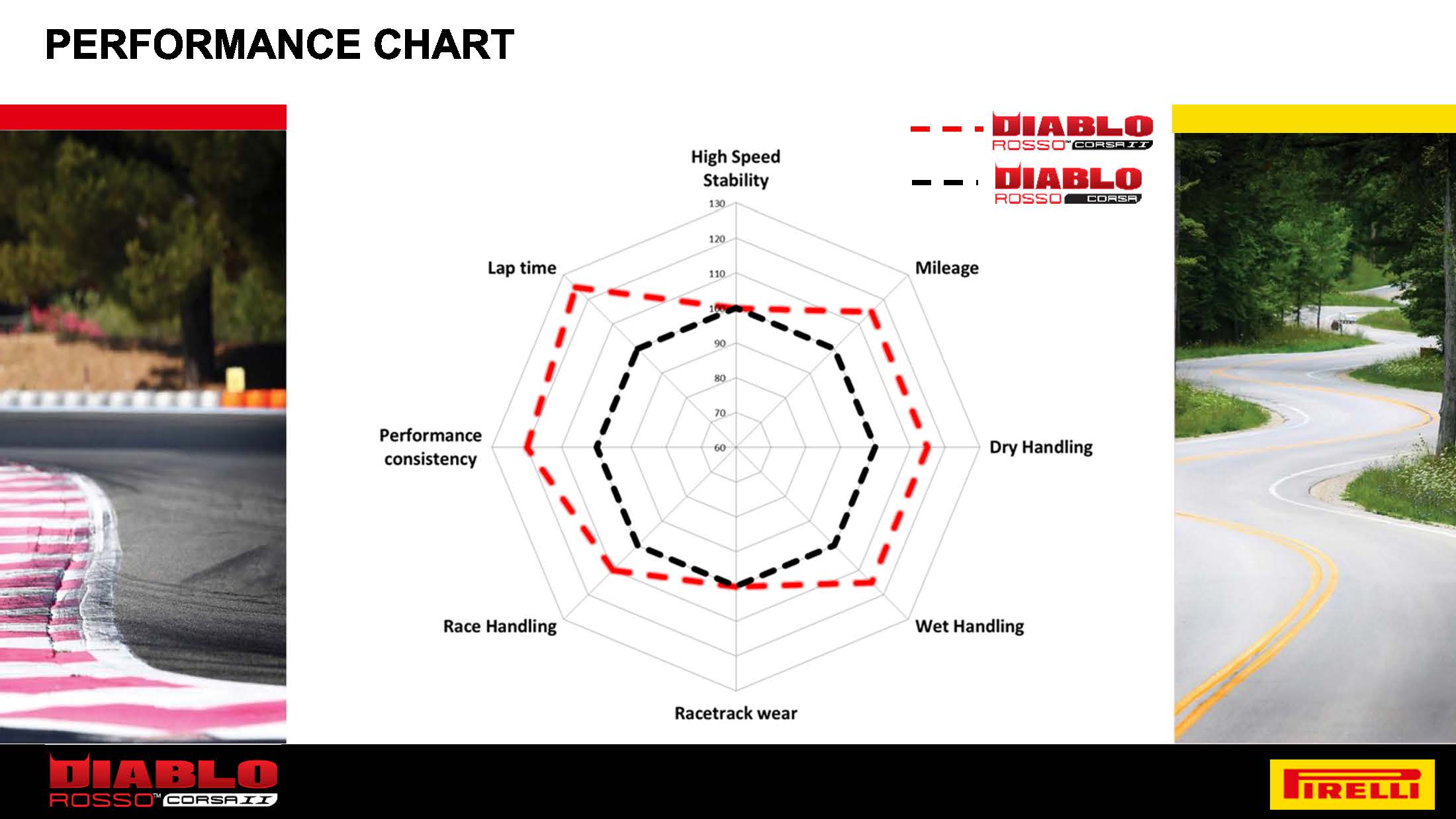 According to Pirelli, the changes have improved mileage, dry and wet handling, and improved the overall performance of the tyre over the outgoing model. But there was only one way to find out just how good the new tyres are and that was with a hard road ride followed by a day at the track.
According to Pirelli, the changes have improved mileage, dry and wet handling, and improved the overall performance of the tyre over the outgoing model. But there was only one way to find out just how good the new tyres are and that was with a hard road ride followed by a day at the track.
The Ride
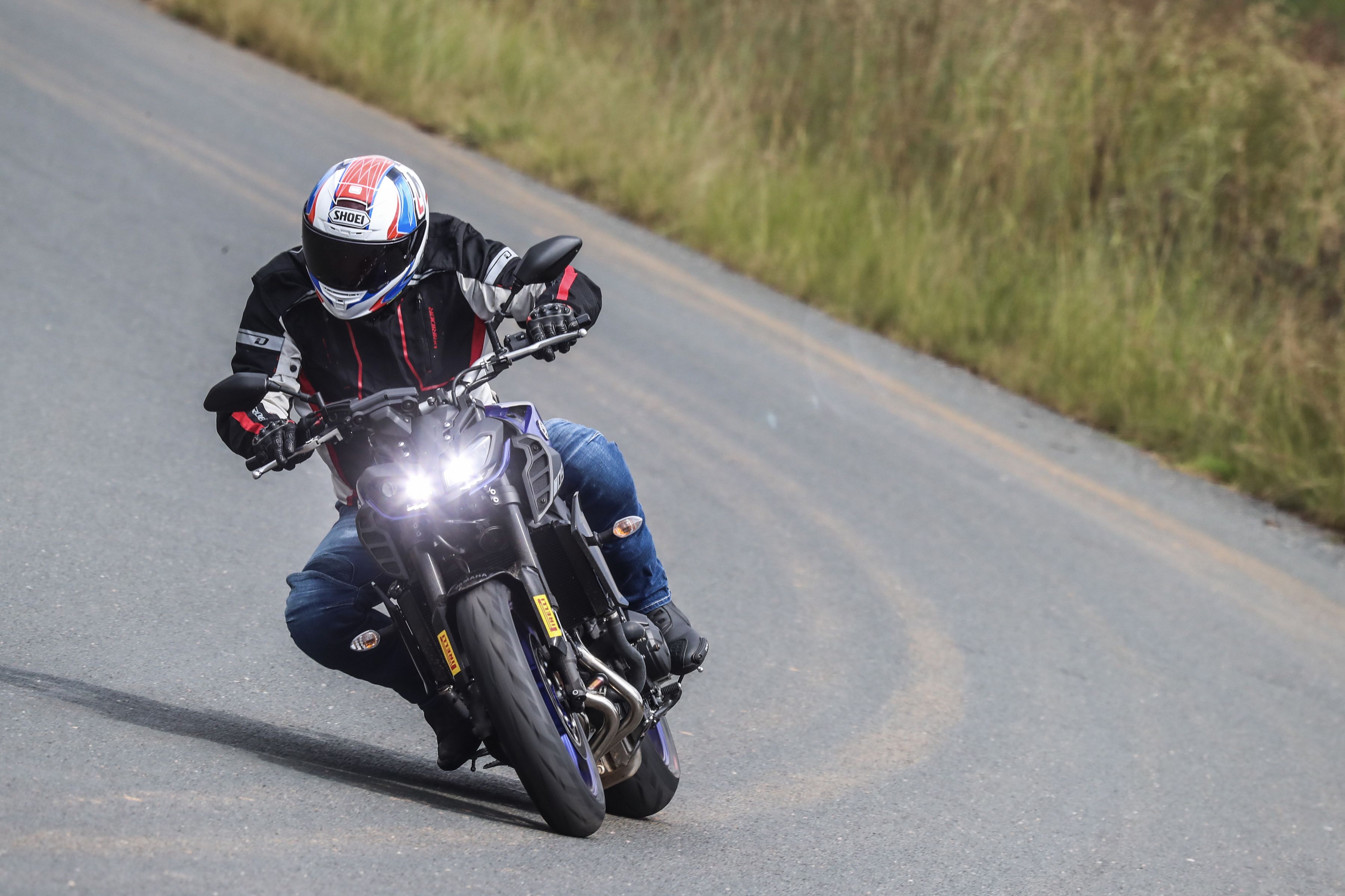
Pirelli have also worked hard on the profile of the new tyres making the transition from 0° – 35° as linear as possible by making the curvature transition of the front and rear tyre the same at any lean angle. That was especially useful for the 140km road ride out from our hotel on the edge of the Kruger National Park which was scattered with pot holes big enough to swallow an SUV, let alone a convoy of the latest sportsbikes. With models ranging from sporty nakeds like the Ducati Monster 1200 and Yamaha MT-09 to full-on superbikes including the Aprilia RSV4R and Suzuki GSX-R1000, the pace was fast when the roads eventually improved. With a photo location around 3km in length with four photographers and four videographers scattered at various locations which they moved between during each pass, it meant we needed to be ‘on it’ from start to finish as you never quite knew where the photos/video were being taken. Throw into the mix South African drivers in trucks, cars and scooters and each run required an attack at 10/10ths on a road we’d never seen before.
Riding Yamaha’s MT-09, the powerplant was perfect for dispatching cars quickly while the upright riding position and wide bars meant I could flick it into turns with plenty of vision and make adjustments midturn if required. The road surface was up there with some of the worst you’d find in NZ, yet the tyres didn’t move an inch. Turning the traction control off with each run for a bit of backwheel showboating for the camera, the rear tyre still failed to even twitch despite the Yamaha’s triple powerplant and a heavy throttle-hand doing their best to upset it. The front was just as good, with confidence to throw the Yamaha on its side heading into turns and even grab the front brake mid-turn as the corner did something unexpected still unable to upset the rubber. Heading back and once again dodging the potholes that lurked around corners, the predictable nature of the tyres and the way they encouraged the Yamaha to react quickly was a definite plus.
The Track
But it was the pitlane of the famous Kyalami where the alter ego of the Diablo Corsa II was to be put to the test, with a fleet of the latest superbikes waiting to punish the rubber. With 28 bike testers from around the world assembled to put the tyres to the test and no tyre-changing machines to swap the tyres out after a couple of sessions, it was going to be a true test of the longevity of the Pirellis with the bikes heading out for 15-minute sessions before changing riders and heading out again.
I rode a mix of models throughout the day, starting with Ducati’s incredible Panigale V4 before moving to the Aprilia Tuono 1100 and BMW S 1000 R. The Kyalami circuit is made up of a mix of incredibly fast sweepers, 90° corners and elevation changes that would certainly punish any tyres, especially when fitted to superbikes pumping out in the region of 200hp. And with a start/finish straight emerging from a tight left before diving downhill, firing through a mad kink and barreling down into a sharp lefthander, stability was going to be needed. With 267km/h the last number I saw flash on the Panigale’s digital display before hitting the 200metre marker and reaching for the brakes to nail the front Pirelli into the tarmac, I can vouch for the stability under heavy braking – the Ducati tracked straight and true before releasing the brakes and tipping into Crowthorne before powering through Jukskei Sweep. There are a lot of spots around Kyalami like this where you’re on the power while the bike is still cranked, yet looking over the tyre after each session and none of the carbon black edges were showing signs of distress. In fact, nearly all the tyres looked like they were barely stressed, with only the two Honda Fireblades showing rear tyre wear which looked to be down to poorly set-up rear shocks. With two downhill sections heading into fast kinks the front tyres were also pushed hard, yet again there was no feeling of movement, only confidence from the dual-compound Corsa.
If you’re looking for a tyre which will give you confidence on the road and excellent performance on the race track, the Diablo Corsa II has redefined the boundaries of what you can expect from a road tyre. Okay, they’re not designed for touring in the pouring rain, but will reward you when exploring the boundaries on your superbike where you’re after a tyre which works in the varied conditions you’re likely to encounter in the real world.
But the Corsa II is also a truly fantastic tyre on the track. So good in fact, I can’t see why anyone would bother swapping rubber if they decided they wanted to take their bike on a track day. The lack of wear after an almost continuous day on a punishing track was quite astonishing, and I reckon you’d get multiple track days and a heap of road kays out of a set of these before looking to replace them.
After an 8-year development cycle, you’d expect the new tyres from Pirelli to be pretty good. But the Diablo Corsa II is a major step forward from the Diablo Corsa and is well worth a try when looking to replace the rubber on your superbike.

